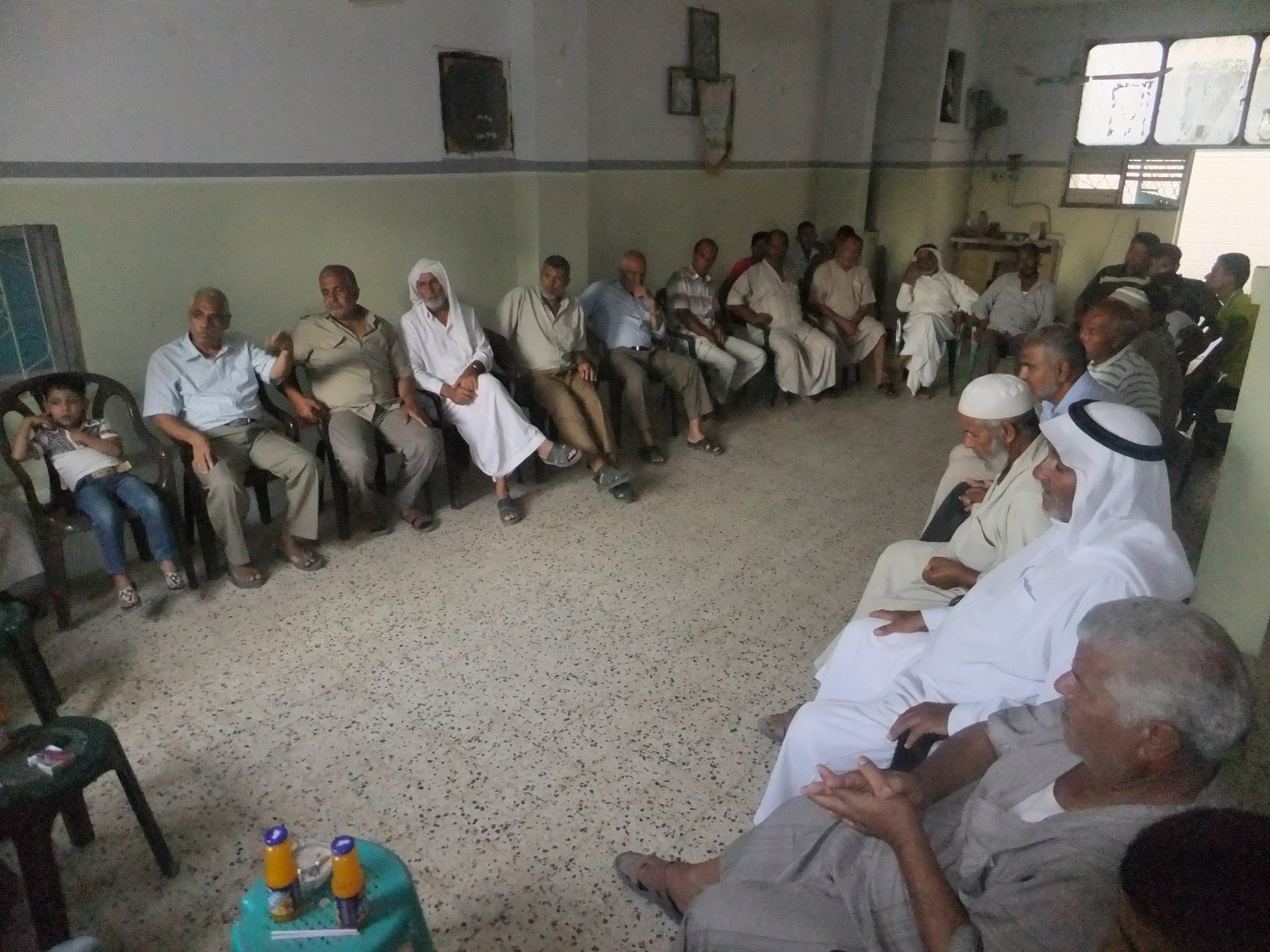Tag: Farmers
-
Gaza fishers and farmers: nowhere to go
13th September 2013 | International Solidarity Movement, Kevin Neish | Gaza, Occupied Palestine We had a meeting with some leaders in the Gaza commercial fishing industry, to hear their stories and see if or how we can assist them. Gaza Strip fishers have historically been some of the poorest families here, especially as many are not…
-
Video: Gaza: The economy under the siege
24th August 2013 | International Solidarity Movement, Gal·la | Gaza, Occupied Palestine Khalil S. Shaheen, Head of the Economic Unit at the Palestinian Center for Human Rights, talks about the Gaza economy under the siege, how the occupation and the siege affect directly the economy, and therefore the development of the oppressed Palestinian people, denying them the…
-
Awad, 19, wounded by Israeli fire while gathering firewood
31st July 2013 | International Solidarity Movement, Rosa Schiano | Gaza, Occupied Palestine On Thursday afternoon, July 25, 2013, a 19 year old, Rafat Awad Abdel Aty was injured while working in an area called “Jamarik” near Beit Hanoun in the northern Gaza Strip. Awad, who was admitted to the Kamal Odwan hospital, told us…



